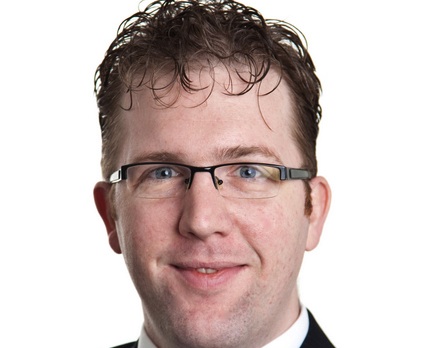Back from a long weekend and about to board the plane, my husband commented … “Apple and Samsung have their days numbered”, “Say what?” I said, a little annoyed because I just got hold of the last iPhone model. “They don’t offer any added value, all smartphones are equal.”
I did not give that comment any further thought until a few days later, when Richard Speetjens, co-manager of Robeco Global Consumer Trends Equities Fund, explained a very similar concept. “In 2013, within our Digital World trend, we have greatly reduced our exposure to semiconductor manufacturers and other manufacturers of hardware for mobile devices.” While consumer secular change into the digital age is still one of the strongest thematic pillars of this fund, Speetjens notes that “60% of users already have a smartphone, and Apple and Samsung have taken the bulk of these purchases, but now low cost Chinese competitors with lower margins are entering the market.” Darwin has entered fully into the digital age.
In fact, the fund sold its entire position in Apple and AMR Holdings and has reduced its exposure to Samsung.“We’ve reassigned these positions to internet companies with a good strategy for mobile devices like Google, LinkedIn, eBay, TripAdvisor, Amazon, Yelp or MercadoLibre, one of our two only positions in Latin American companies,” the manager added.
The Robeco Consumer Trends fund, with about $850 million in assets under management, explores the trends which will shape consumption over the next five to ten years, investing in global companies exposed to these themes. “They must be global trends with consistent growth prospects over 5-10 years,” says Speetjens adding that “it is just as important to select good consumer trends as it is to select the individual companies which will represent these trends in the portfolio.”
The fund’s second major trend is consumption in emerging markets, both on the theme of consumption of luxury goods, “where we have remained stable in recent months,” as in the basic needs “where we had a strong bias towards Chinese consumers which we have recently diversified by investing in consumer companies exposed to Brazil, Indonesia and Russia. “One example is the Brazilian department store Lojas Renner, “very competitive, benefitting from the increased middle class in Brazil,” said Speetjens.
The fund’s third consumption trend focuses on the big brands; Speetjens explains that “generally these allow us to balance the risk that comes from the digital and the emerging consumer themes.” This year the strategy has added positions in Estée Lauder and Coca Cola, “two major brands with very reasonable rates and unappreciated right now.” The fund will typically hold between 35% and 40% in these “big names” of the consumer sector.

